Blazinlow86
Well-Known Member
- Joined
- Oct 19, 2016
- Messages
- 1,687
- Reaction score
- 743
Like this?




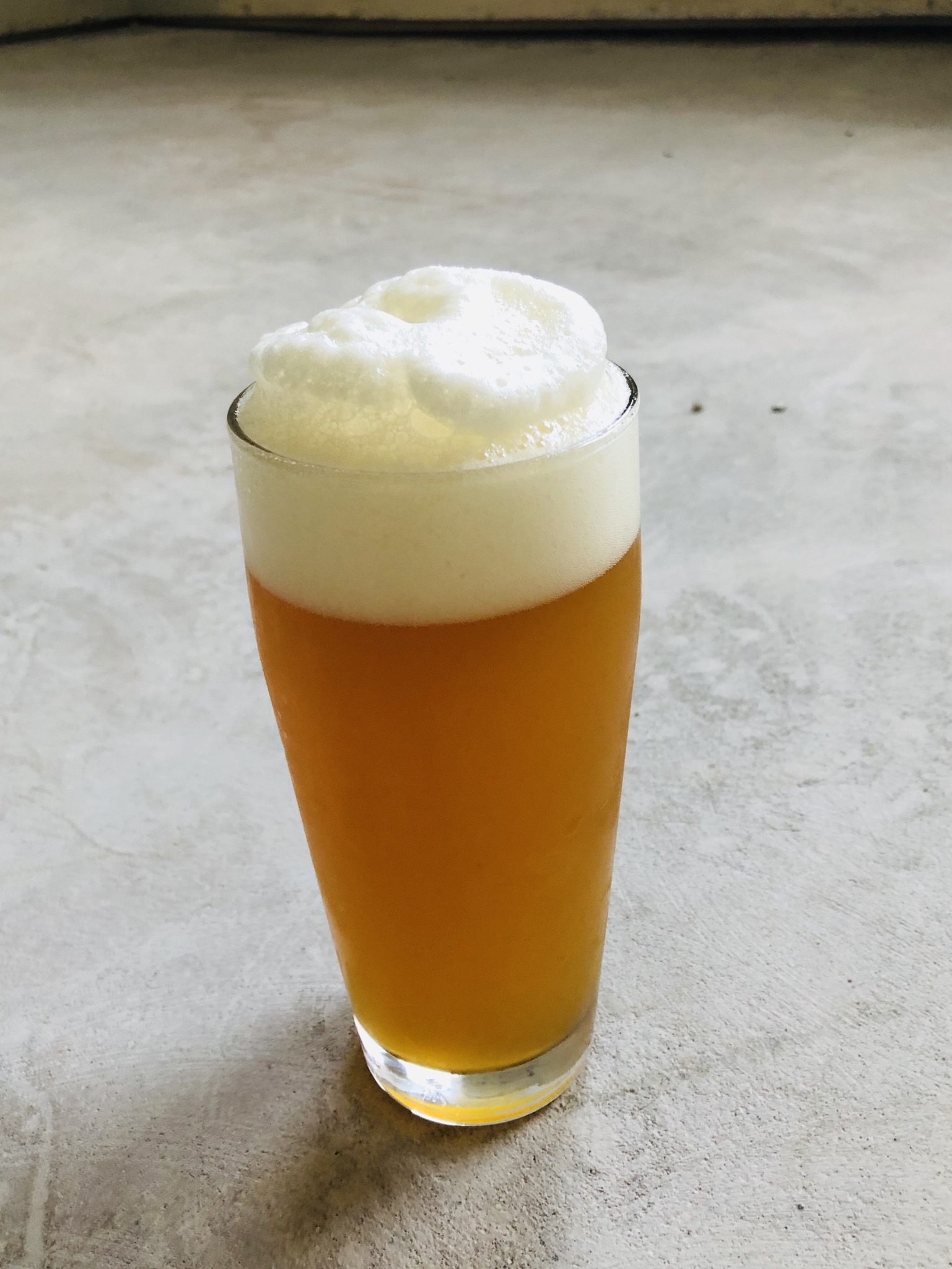

If you truly are a hop head it shouldn’t matter what it looks like.
The head on that beer looks awesome. But on clarity and if it matters... Its truly subjective. For me personally, an IPA with good hop flavor, aroma and bitterness and "some haze" is pretty nice. If you take that IPA with the same hop characteristics but top it off with good clarity too..., Good now becomes GREATNESS!
So to me, it can and does matter!
-HopHead

















That pretty much sums up the thread...
But that same IPA with better clarity will always have less hop flavor and aroma.
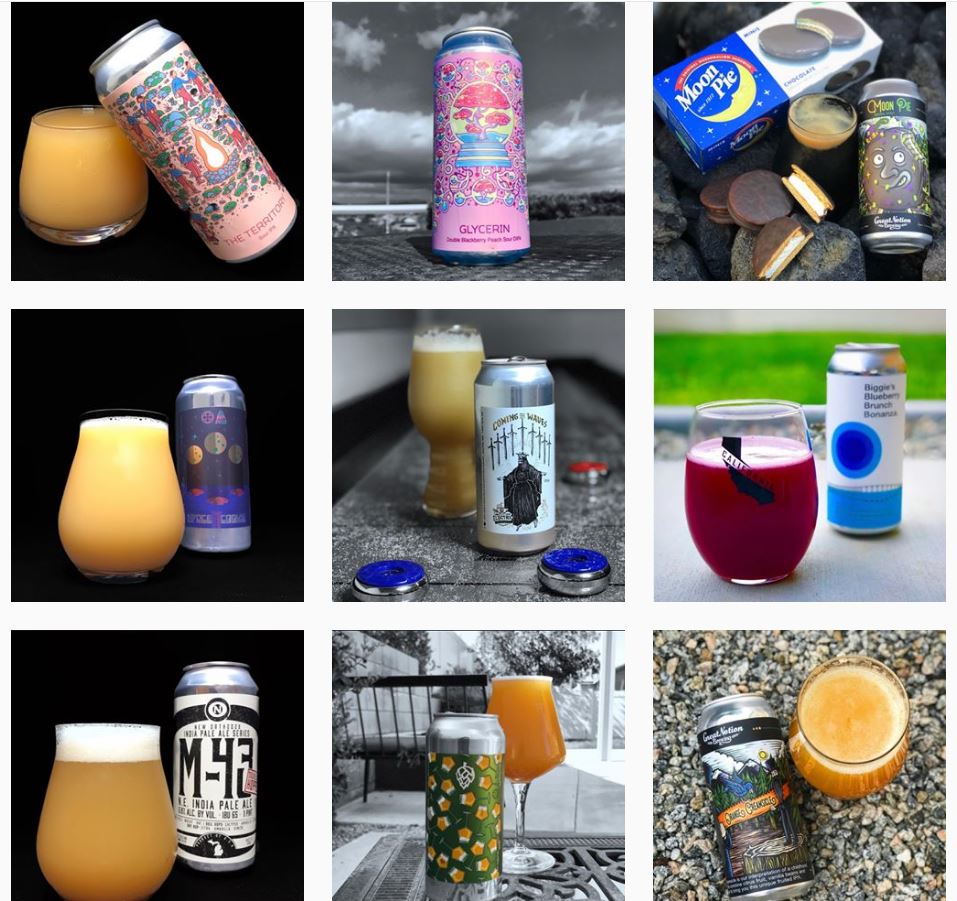
Anybody?Who's for Burton-On-Trent water profiles with 260ppm to 352ppm for calcium?
Yeah.... Or Instant milk powder.Maybe they confused boosting calcium-sulfate with calcium, and poured a gallon of milk into the mash?
I'm with you. I wasn't trying to go off topic. My thought was to clarity and the annoyance that I have with my young beers. I do wonder how many of these cloudy beers wouldn't remain that way if the water was harder or is it a prerequisite?I always use Gypsum. Where I live, my water is very soft with higher levels of sodium than desired for beer due to the softening process. So I blend with DI and use Brun'water to calculate the mineral additions and shoot for 50ppm or higher CC.
So not to make this a water chemistry thread, the process' I use help me produce very clear IPA; the way it should be!
I have to download Brun'water and try it out.I always use Gypsum. Where I live, my water is very soft with higher levels of sodium than desired for beer due to the softening process. So I blend with DI and use Brun'water to calculate the mineral additions and shoot for 50ppm or higher CC.
So not to make this a water chemistry thread, the process' I use help me produce very clear IPA; the way it should be!
As far as if it's to style or not, I'm sure breweries could give two poopys what the style guidelines say.
Just to add a data-point to this conversation: I was in Des Moines over Labor Day. Ordered an "American Pale Ale" at a place, and was served a glass of opaque "juiciness"! No mention in the description of the beer anywhere that this was a "juice bomb".
I don't mind the ones advertised as NEIPA with the classic C hops and some mosiac. Milkshake IPAs... Meh, I can take them or leave it. If somebody gave me one I'd drink it, but I don't want 5 gallons of it though.Not a fan either but whatever, I just don't drink them. The ones that I have had just seem to have this underlying yeasty, sweet thing going on that just ruins it for me. It's all just a gimmick in my book. As far as if it's to style or not, I'm sure breweries could give two poopys what the style guidelines say. For example, last night I had a Surly Furious IPA for the first time. It was amazing, but def out of the IPA category, more like a double. So what, not worth getting bent out of shape about.
Truth be told I really don't like everything going cloudy. There's something nice about good looking clear beer.
Based on that WORD....WORD!
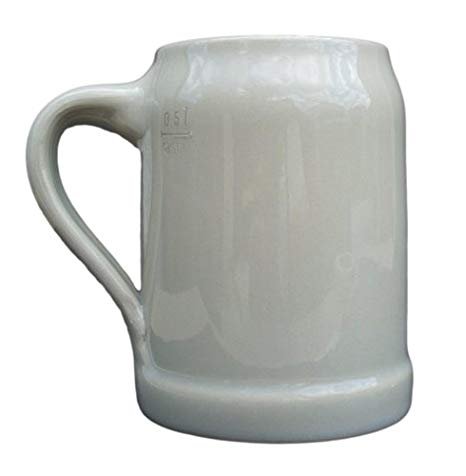

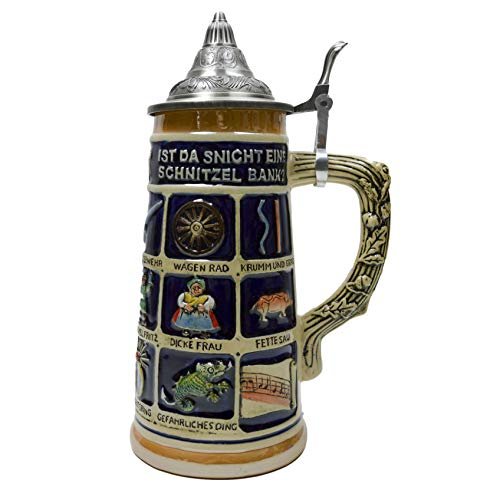

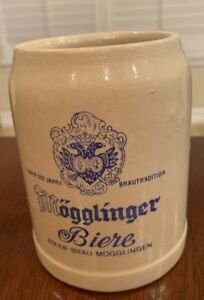

Based on that WORD....
Ignorance is bliss?
There's a reason for these...
The last one is a 5L. What you use after you're done chopping wood for the weekend. It's prolly for Kellerbier.View attachment 646193View attachment 646194View attachment 646195View attachment 646197View attachment 646198
Maybe it's like homebrew primed an bottled. I think Anchor Steam is kräusened. Which same as the English Method of using Gyle. My guess they probably were kräusened.Someone not too long ago posted a bunch of beer they bought on a trip to Germany, I was surprised at the cloudiness of some of the brewery fresh beers.
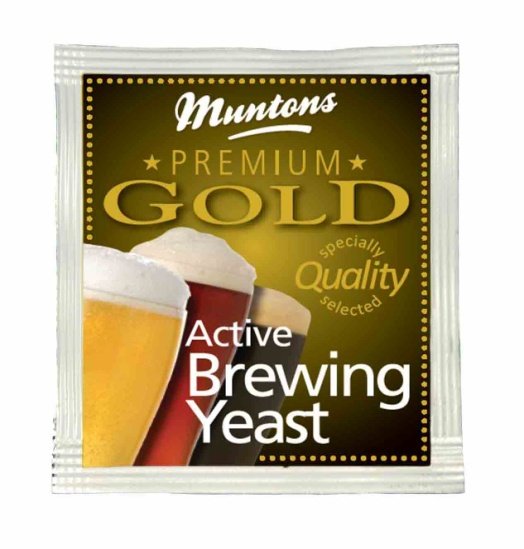
I agree. That grinds my gears...Just to add a data-point to this conversation: I was in Des Moines over Labor Day. Ordered an "American Pale Ale" at a place, and was served a glass of opaque "juiciness"! No mention in the description of the beer anywhere that this was a "juice bomb".
This is a reason why descriptors exist... if I ordered an IPA five years ago and I was served a beer that looked like a stout or schwarzbier, I would send it back-- oh wait, CDA or Black IPA would have been used to describe it!
Name these beers "juicies" or "sippy cup" or whatever... but let the consumer have an idea of what they are getting into!
Don't get me wrong, I loves me some clear IPAs, but you've just inspired me to name my next beer Sippy Cup IPA!Just to add a data-point to this conversation: I was in Des Moines over Labor Day. Ordered an "American Pale Ale" at a place, and was served a glass of opaque "juiciness"! No mention in the description of the beer anywhere that this was a "juice bomb".
This is a reason why descriptors exist... if I ordered an IPA five years ago and I was served a beer that looked like a stout or schwarzbier, I would send it back-- oh wait, CDA or Black IPA would have been used to describe it!
Name these beers "juicies" or "sippy cup" or whatever... but let the consumer have an idea of what they are getting into!
I mainly brew and drink hazy/NEIPAs, American IPAs and pales, and an occasional pilsner. I don't mind a clear beer but I also don't get the disdain for haze. At this point whenever I open or am served a beer that's hazy I get excited, my brain automatically thinks "hop saturated deliciousness!". Sometimes the beer sucks, but that's life. People can agree to disagree all they want, but if you fine the crap out of your beer I'm pretty sure you are removing some of the hop oils that could've stuck around. To each their own though.
The thing I find the most off putting about this thread though is the vitriol from some of the posters. I know it's just a troll job, or they're exaggerating for effect, but calling them 'abominations' and such? I honestly think stouts and super boozy tripels are gross AF, but I wouldn't call them disgusting abominations. They're just a style I don't like.